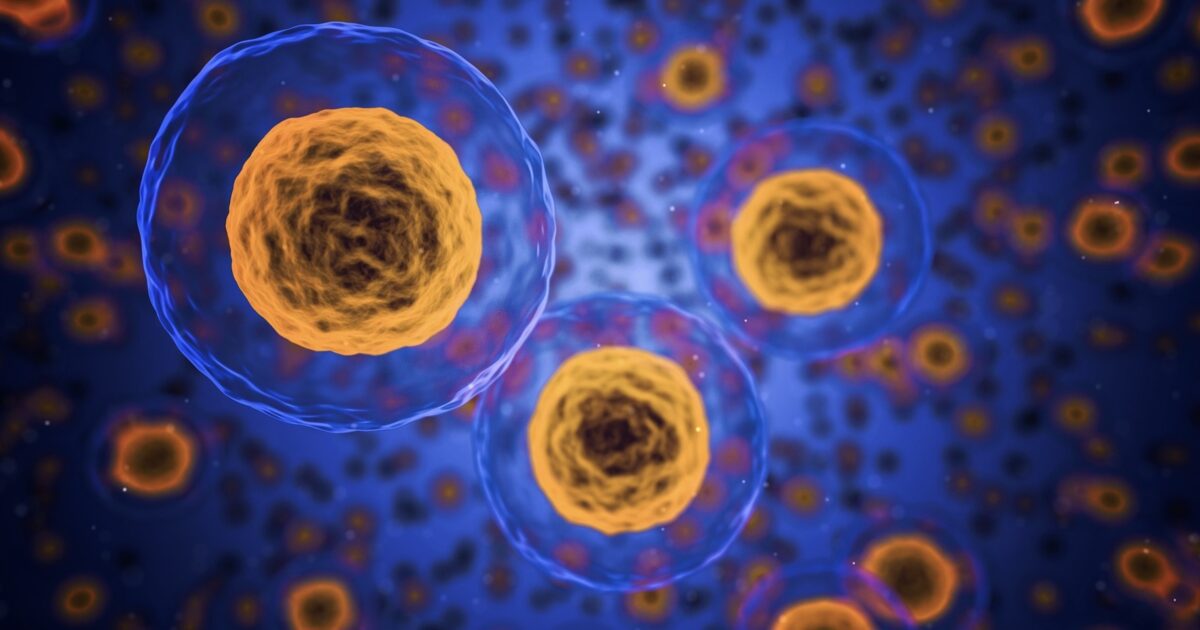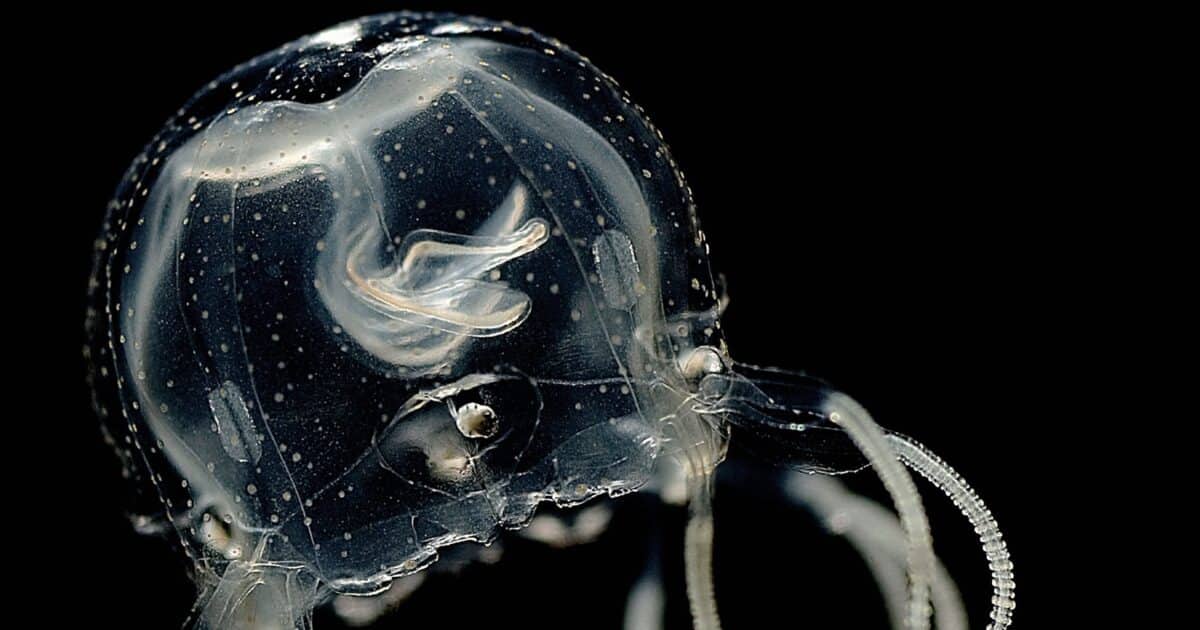
Science and Culture Today | Page 156 | Discovering Design in Nature


Paper Digest: The Cell as an Embedded Computing System

Are Plants Cognitive, Intelligent Beings?

Alfred Russel Wallace’s Case for an “Overruling Intelligence”

A Paradigm Crisis for Physicalism

Paper Digest: Application of Animal Forms in Auto Styling

Fossil Friday: Ichthyosaur Birth, Another Evolutionist Just-So Story Falls Apart

Life Without Purpose — The Fundamental Flaw

Can a Brainless Jellyfish Learn? How About Individual Cells? Do Molecules Communicate?






































